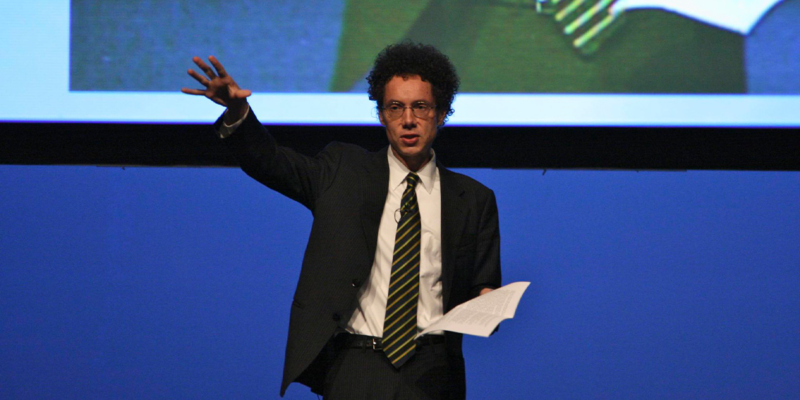Design And Consultation Retainers
 To me, the thing that stands out the most as the biggest difference between residential and commercial AV is the approach to starting new projects. Specifically, I mean the bid process in commercial/institutional AV versus the design retainer in residential.
To me, the thing that stands out the most as the biggest difference between residential and commercial AV is the approach to starting new projects. Specifically, I mean the bid process in commercial/institutional AV versus the design retainer in residential.
It speaks to a different dynamic, not least of which is that the buying process and the decision making is very different between institutional procurement personnel and homeowners/end users. It’s a mark of the residential channel that AV pros position themselves as not chasing after every potential customer.
I’ll concede that some do, but those are the companies that seldom last more than their first couple of years in business. The ones that survive that hungry, chase-every-rabbit phase very quickly evolve into a more focused business model.
An established business needs to decide what their brand image is. Who is the customer? What size of projects are in the sweet spot? As a company evolves, collecting design fees helps solidify that brand image in that market. Most importantly, design fees screen potential prospects. Veteran AV pros know that not everybody is the customer they’re looking for.
Hooray for the free market: Customers are free to pick their contractors, and contractors are free to pick their clients. Design fees go a long way towards helping avoid potential conflicts before both contractor and client are stuck with each other. As my old boss and mentor said to me, “If someone is going to be a weasel over a $300 deposit, they’re never going to play ball on a $20,000 job. You’re better off finding that out now rather than later.”
As always, he was right.
It’s not just about weeding out and identifying quality prospects. Design fees help cover some of the overhead when it comes to doing important design work prior to landing the project. Time is money, and in order to justify your company’s position as experts in the field, your time has to be valuable.
How design fees are calculated varies a lot, but there are some common themes. One discreet, but very high end shop in Calgary that’s been in business for decades charges a $1,000 fee for the initial consultation, with a further design retainer of 2 percent of the total project size collected if the client green-lights the project. It’s also typical for AV pros to credit the initial retainer towards the project upon green-lighting, but there are exceptions.
For companies whose project size is a mix of small and medium as well as large sized projects, it’s not typical to have two fee structures — one for smaller jobs, and one for larger. In one case, one dealer I know charges $499 to create a proposal for single-room AV projects, and 3 percent of the estimated job cost for whole-home projects.
It’s typical that AV pros in that bracket like having a number of small, simple, easy to complete projects on the go at any one time, as they provide good, profitable cash flow while waiting for progress payments on the enormous, years-long projects.
It’s certainly been the experience of both myself and AV pros I’ve spoken with that after instituting design fees, their business increases: They spend less time making unsuccessful pitchers, and they close more, higher price tag projects. Indeed, as their business progresses, they’ve raised their retainers every year or two, and clients have still happily paid them.
In the past I’ve known it was time for us to re-examine our retainers when high net-worth clients either didn’t blink at the dollar figures or dismissively hand-waved at the sums. In one memorable instance the client misheard me and said, “OK, but I’ve got to transfer some funds. I don’t think I have $40,000 [of] room on my credit card right now.”
Stunned, it took me a moment to recover and tell her that no, I said $4,000.





